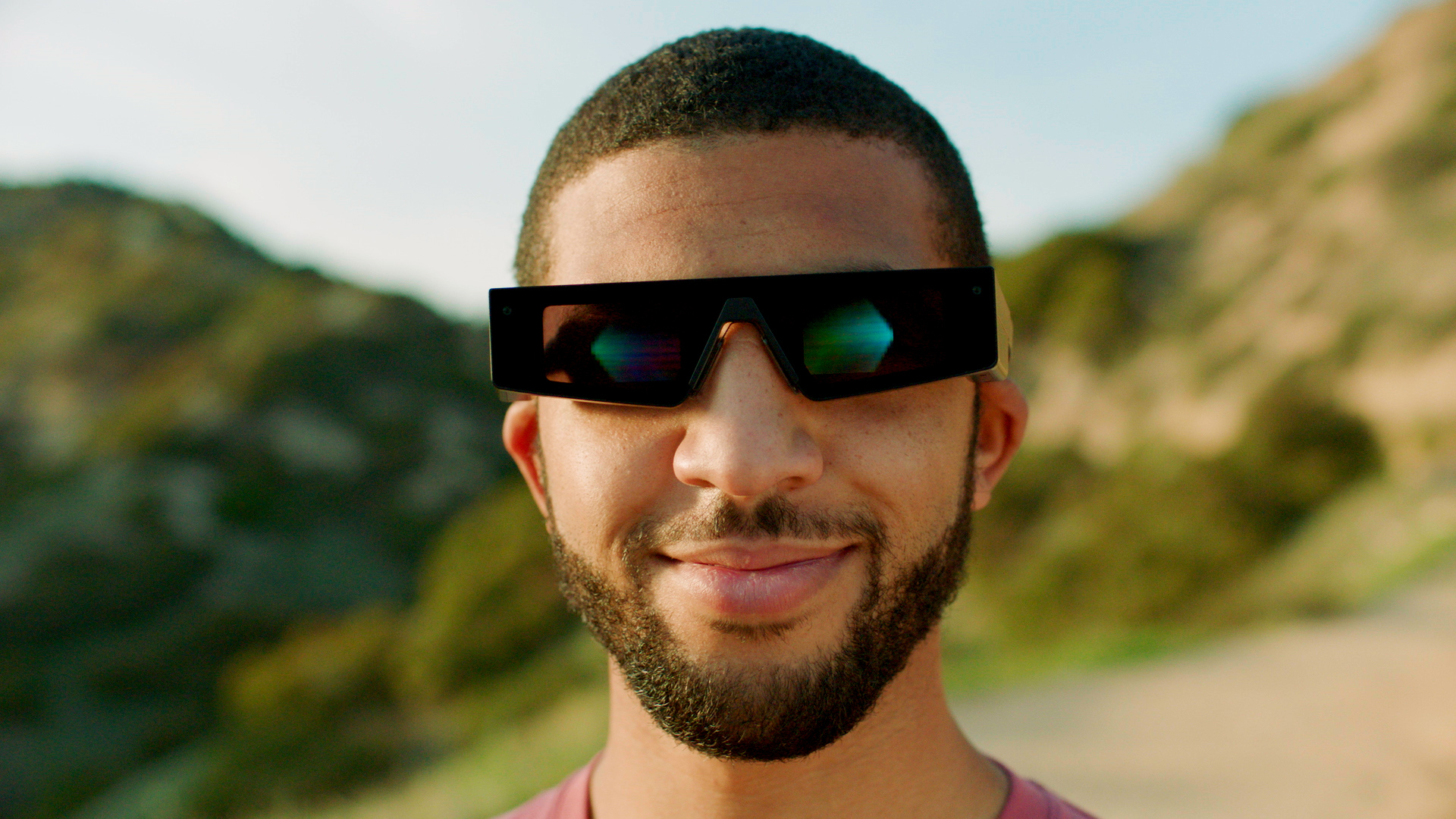Digital marketing trends in 2022: our 10 predictions
Some shifts in the digital marketing landscape, like the continued rise of the creator economy, you can see a mile off. Others, such as the breakout success of TikTok, are a little less predictable! We’ve written up 10 of our clearest and most confident expectations for where social media advertising is headed in 2022. These are the trends shaping our next steps.
Holistic attribution to the rescue
Following Apple’s move to give iOS users the power to block trackers in December 2020, the marketing industry started seeking new attribution models for online sales. 2022 will be the year ‘holistic’ techniques come into their own — curating data from every sales channel to build a more complete picture of acquisitions and conversions. The days of being able to rely on single-channel metrics are long behind us.
We’ve already begun investing in more powerful reporting tools to unite cross-channel tracking. It’s more resource-intensive, but it also aligns much more naturally with how people use the internet. The likes of Facebook, TikTok, etc. will inevitably develop their own attribution models, but be cautious of any limits these per-platform tools might impose.
An affiliate marketing revival
With data from the ‘big’ social media platforms getting bottlenecked, holistic attribution models taking over, and influencer outreach becoming more and more essential, brands are embracing the comparatively ‘decentralised’ approach of affiliate marketing once again.
1: Promotion
A publication or influencer advertises a product or service via their channels
2: Acquisition
Customers click a unique affiliate link shared by the publication/influencer
3: Conversion
The customer buys the product or service via the affiliate link
4: Profit
The affiliate publication or influencer gets a cut of the conversion value
Through affiliate partnerships, marketers can reach established audiences with niche hyper-targeted interests, deep trust in their favourite creators, and perfect product:market fit.
Continued dominance of TikTok
Any agency worth their weight in gold has a TikTok production framework in place, or in development. The meritocratic power of the app is unparalleled, and it forces brands to be unavoidably authentic and people-led. Creators have all the power, and marketers need to have a firm influencer outreach strategy.
Rob Holland, CEO of Feedback Loop, said: “Consumers are now leading cultural and buying trends that brands once solely dictated.” Hubspot’s 2022 social media trend report notes: “The pandemic created a world of online content consumers. They have greater expectations and tastes in content.”
TikTok has become such a tour-de-force, Instagram has spent the past year completely changing its direction to keep up. An ever-increasing focus on Reels — especially in the main feed — means this cultural shift simply can’t be ignored.
We’ve partnered with Tandem Collective to bolster our influencer marketing services in 2022, because this year will truly be the year that digital ad strategies, social media campaigns, and general brand messaging will be powered by the consumer.
In-app ecommerce grows
All signs point to social media platforms designing their apps to keep the online shopping experience within the walls of their ecosystems. Instagram’s shop tab took centre stage in 2021, and retail presence within TikTok gets more prominent every month. How successful these baked-in ecommerce systems prove to be largely depends on the quality of the data offered to marketers and the seamlessness of the integration with other tools, e.g. Instagram Shopping being able to source product information from Shopify automatically, rather than forcing store managers to update both sides manually.
Long-form content reigns
It’s time to stop saying that people have short attention spans! YouTube videos are the length of TV episodes; TikToks are now three minutes; Reels can be up to 60 seconds in duration; livestreams and podcasts show no signs of slowing down. When people like something, their attention spans are infinite.
Chalk this up as another point for creators. Working with them to develop longer-form content is a win for brands, influencers, and fans of both. Everybody benefits!
Wondering how to make the most of long-form content? Read our guide on content atomization →
Here are a couple of videos we’ve produced for our clients at their full length, before the atomization process began:
Social as customer service central
Brands have used social media as a customer service portal since the dawn of Web 2.0. In 2022, more and more companies will begin using social as their only customer service portal. The lines between social media management and customer service teams will get blurrier, and CRM systems will evolve and adapt accordingly.
The rise of the Metaverse (or not)
Facebook are banking so heavily on the Metaverse becoming the ‘next big thing’, they literally changed their parent company name to ‘Meta’. The public response has been a little more tepid. Many have called it a retreading of Second Life, a vast virtual world that was wildly popular in the mid-2000s. Some brands, like American Apparel, tried opening virtual shops in Second Life, but the world didn’t have much staying power.
Others have pointed out that virtual realms like the Metaverse have already been highly successful. The countless pop-culture collaborations that pop up in Fortnite are worth millions, and world-renowned musicians like Ariana Grande and Marshmello have held live concerts within the video game. Whether this counts as being part of the ‘metaverse’ is widely-debated.
Our prediction is that Facebook’s vision of the Metaverse shouldn’t be a major concern for marketers outside of huge conglomerates which have the resources to take huge risks on wildly experimental ideas. We are, however, perpetually curious about...
Advancements in Augmented Reality
In the sweet spot between our world and the virtual world is Augmented Reality (AR), which places layers of information and visuals over our surroundings via our phone cameras or specially-designed glasses. This is a space where we’ve already seen tangible successes.
Instagram face filters, Pokémon GO, IKEA’s furniture preview app, and QR code-activated animations are all examples of AR we wrote about in early 2021. Some people already think of augmented reality as being part of the ‘metaverse’, so AR’s place in the world of marketing will doubtlessly grow in 2022.
Snapchat have been making major moves here through their Spectacles project. I loved this proof-of-concept created by XR Creative Technologist Lauren Cason, and definitely want to work on something similar for our restaurant clients in 2022:
AR also has a headstart over VR, as the technology is already in most people’s pockets.
Social gets decluttered
Some social media platforms have become quite bloated as they’ve all tried to copy one another and ended up melting into homogenous blobs. Instagram is perhaps the most obvious example of this. Most people haven’t even heard of Instagram Guides, but it’s still there, lurking in the background!
We predict IGTV and Guides to be retired in 2022, and sincerely hope for better unification of Facebook’s business tools, which are infamously sprawling and divided at the time of writing.
Holding the digital giants accountable
Perhaps most importantly for our industry: social media companies will be held to the highest standards yet. Many users have grown tired of the questionable ethics of the largest platforms and their impact on the world. People will demand authentic online experiences — not just because it’s more engaging, but because it’s better for mental health. Some believe this will kneecap concepts like virtual reality.
2022 is a great year for agencies to get introspective about the long-term effects of their work, and to actively help clients make decisions that are genuinely good for their employees, their customers, and the world we live in. Otherwise, we really might have to escape to the metaverse!
Contact us
Interested in talking about your digital marketing strategy for 2022? Contact us via the form below or by emailing info@trapezemedia.co.uk.
Our most recent guides and stories

















